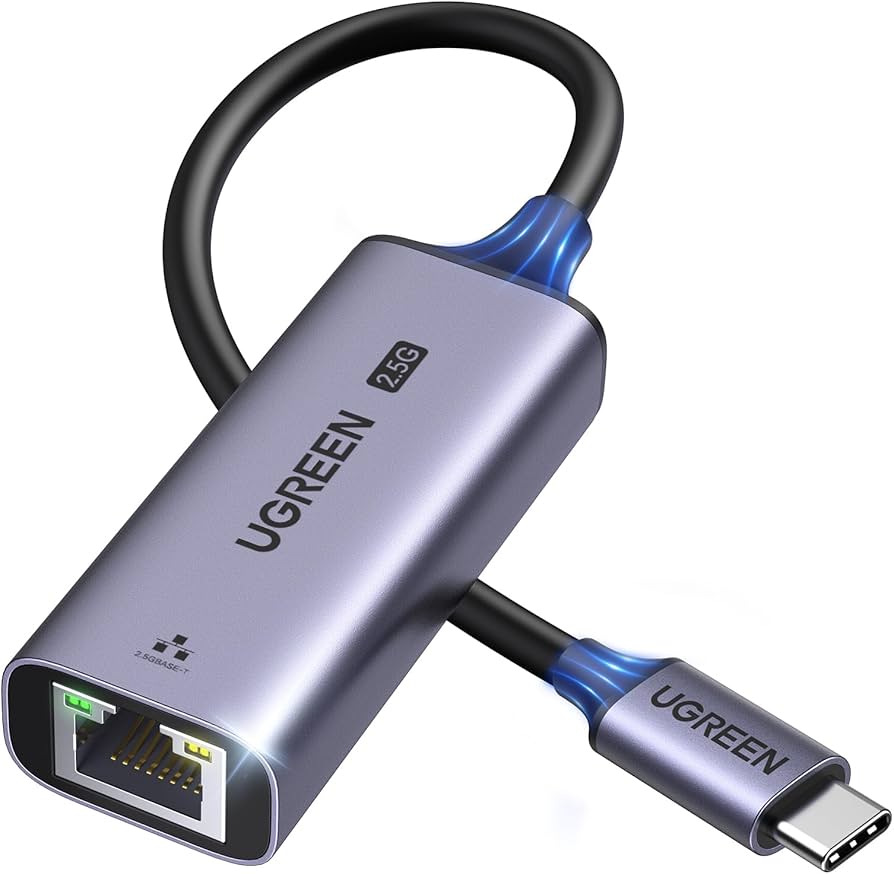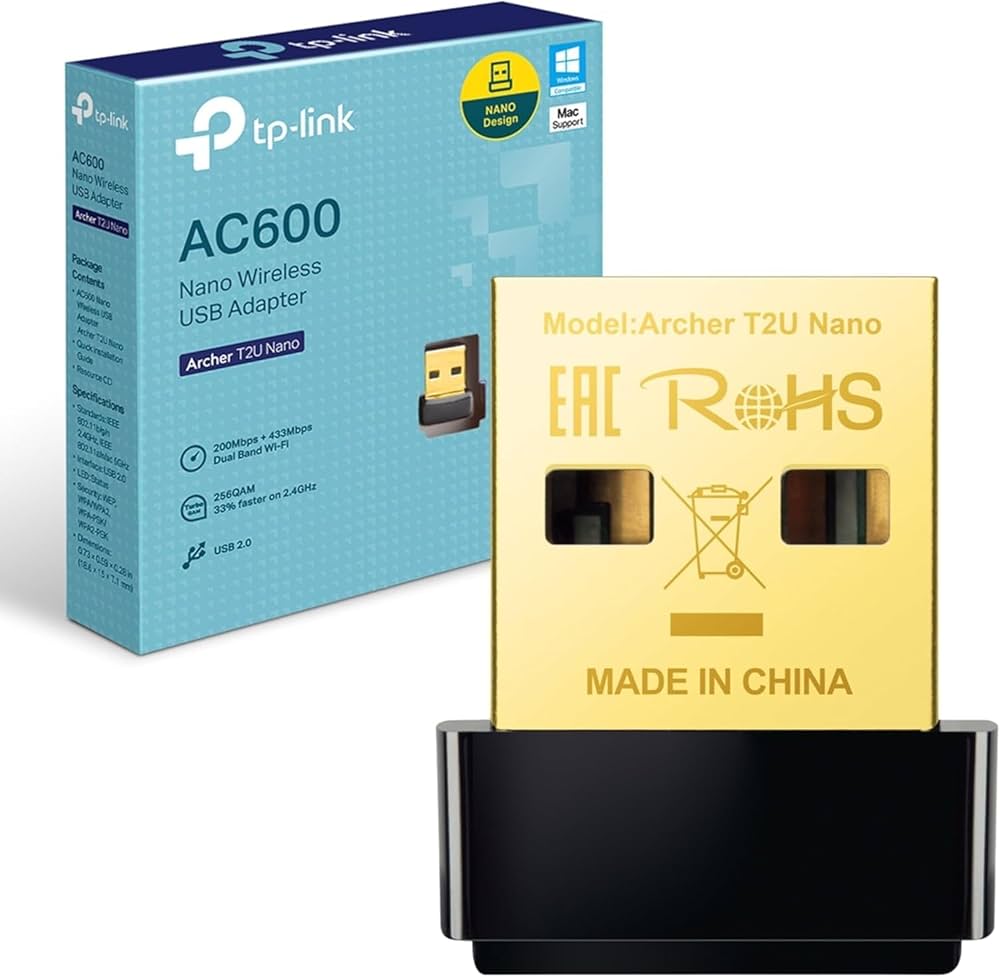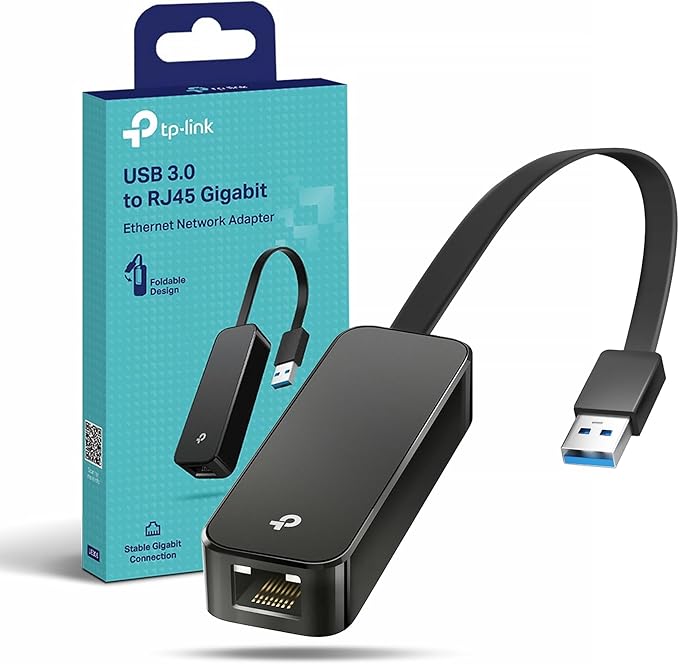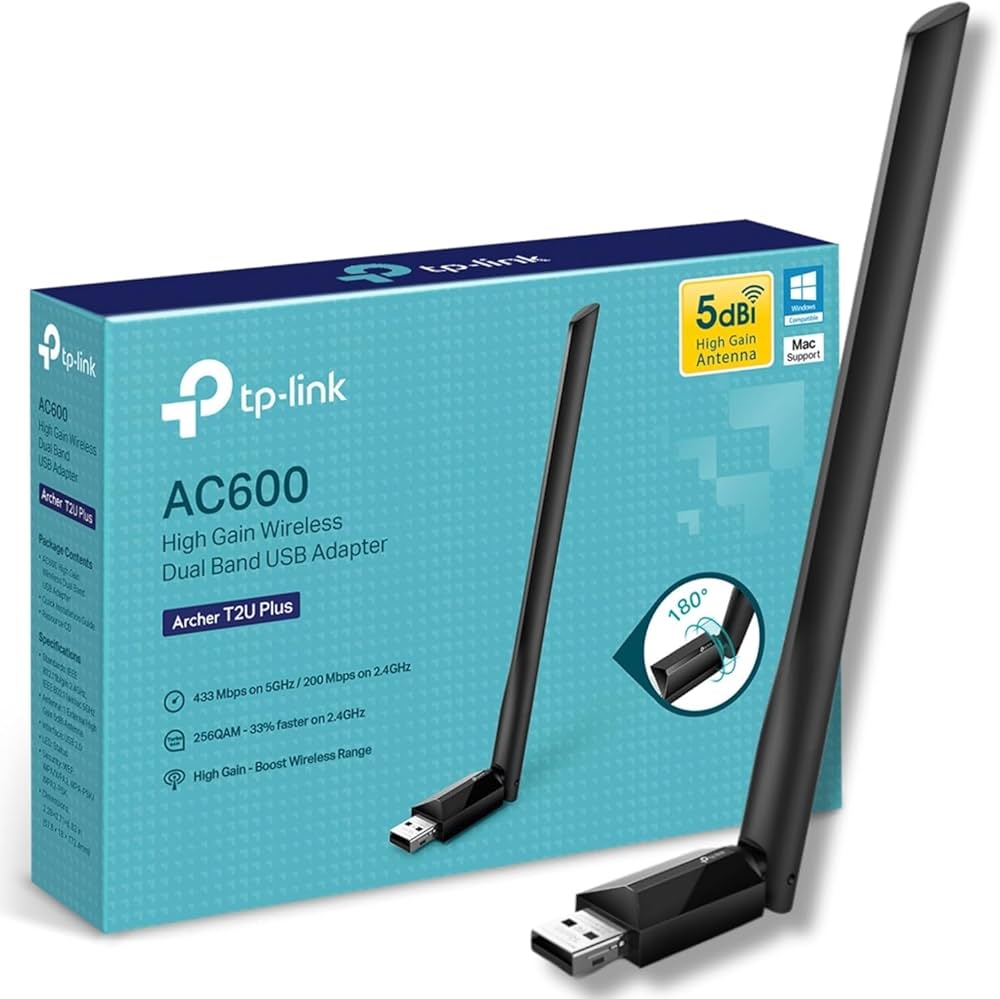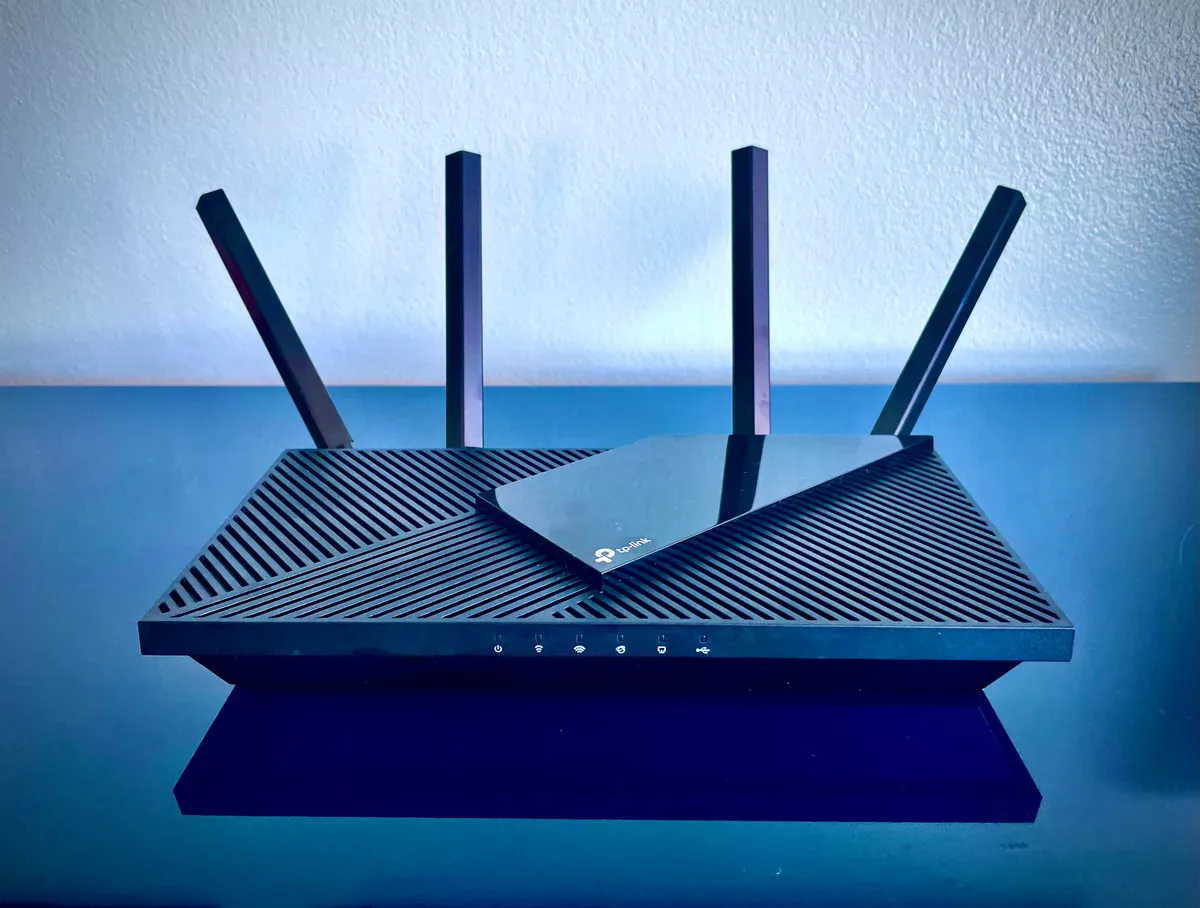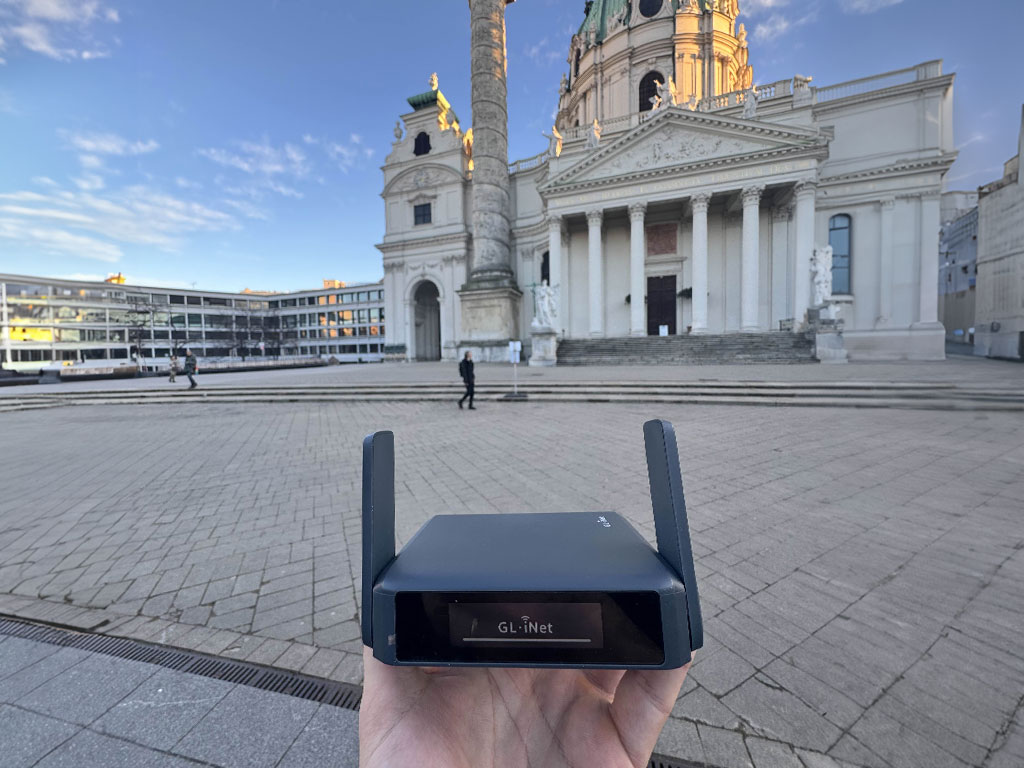Imagine never having to worry about missing an important moment because your camera wasn’t recording. What if your camera could start and stop on its own, capturing everything you need without you lifting a finger?
Automating camera recording can save you time, reduce stress, and ensure you never lose a single shot. You’ll discover simple ways to make your camera work smarter, not harder—so you can focus on what really matters. Ready to take control and make your recording process effortless?
Keep reading, because this could change how you capture your world forever.
Benefits Of Automated Camera Recording
Automated camera recording uses technology to start and stop cameras without human help. It helps capture important moments without missing anything.
This system works well in many places like stores, offices, and homes. It makes recording easier and more reliable.
Time Savings
Automated recording saves time by removing the need to turn cameras on and off manually. The system works on its own, so people can focus on other tasks.
This means less time spent watching screens or checking if cameras are working. The process is faster and smoother.
Improved Accuracy
Automation reduces errors that happen when people forget to start or stop recording. Cameras capture everything at the right time.
The system records events exactly as scheduled, so no important moments are missed. This leads to better and clearer footage.
Enhanced Security
Automated recording helps keep places safer by capturing all activity without gaps. It works day and night without breaks.
The system can also alert users if something unusual happens, giving quick information to respond to risks.

Credit: dribbble.com
Types Of Smart Camera Technologies
Smart cameras help automate recording by using new technologies. These cameras work without needing much help from users.
Different types of smart cameras use special features to record only when needed. This saves space and time.
Motion Detection Cameras
Motion detection cameras start recording when they detect movement. They use sensors to spot changes in the area.
These cameras reduce recording time by focusing only on action. They save storage by not recording empty scenes.
- Trigger recording on movement
- Save power and storage
- Alert users to activity
Ai-powered Cameras
AI-powered cameras use smart software to recognize people and objects. They can tell the difference between a person and an animal.
This technology reduces false alarms and focuses on important events. AI helps cameras learn and improve over time.
- Identify humans and objects
- Reduce false alerts
- Improve with use
Cloud-connected Devices
Cloud-connected cameras save footage online. This allows users to access videos from any device.
These cameras offer easy storage and backup. They keep videos safe even if the camera is damaged.
- Store videos in the cloud
- Access recordings anywhere
- Backup footage securely
Setting Up Automated Recording Systems
Automated camera recording systems save time and ensure you never miss important moments. Setting up these systems needs good planning and the right tools.
This guide explains how to set up automated recording by choosing hardware, configuring software, and linking with current systems.
Choosing The Right Hardware
Select cameras that fit your needs and environment. Check for good resolution and night vision if needed.
Consider storage devices like hard drives or cloud storage to keep your recordings safe and accessible.
- Pick cameras with clear video quality
- Choose weatherproof models for outdoor use
- Use reliable storage with enough space
- Look for hardware that supports automation
Configuring Software Settings
Set your software to start and stop recordings automatically. Use motion detection or scheduled times.
Adjust video quality and storage options in the software to balance performance and file size.
- Enable motion-triggered recording
- Set recording schedules for specific times
- Choose video resolution based on needs
- Configure alerts for recording status
Integrating With Existing Systems
Connect your automated recording system with current security or monitoring tools. This improves control and management.
Make sure the new system works well with your network and software to avoid conflicts.
- Check compatibility with current cameras and software
- Use network settings to link devices smoothly
- Test integration before full use
- Keep software updated for best performance
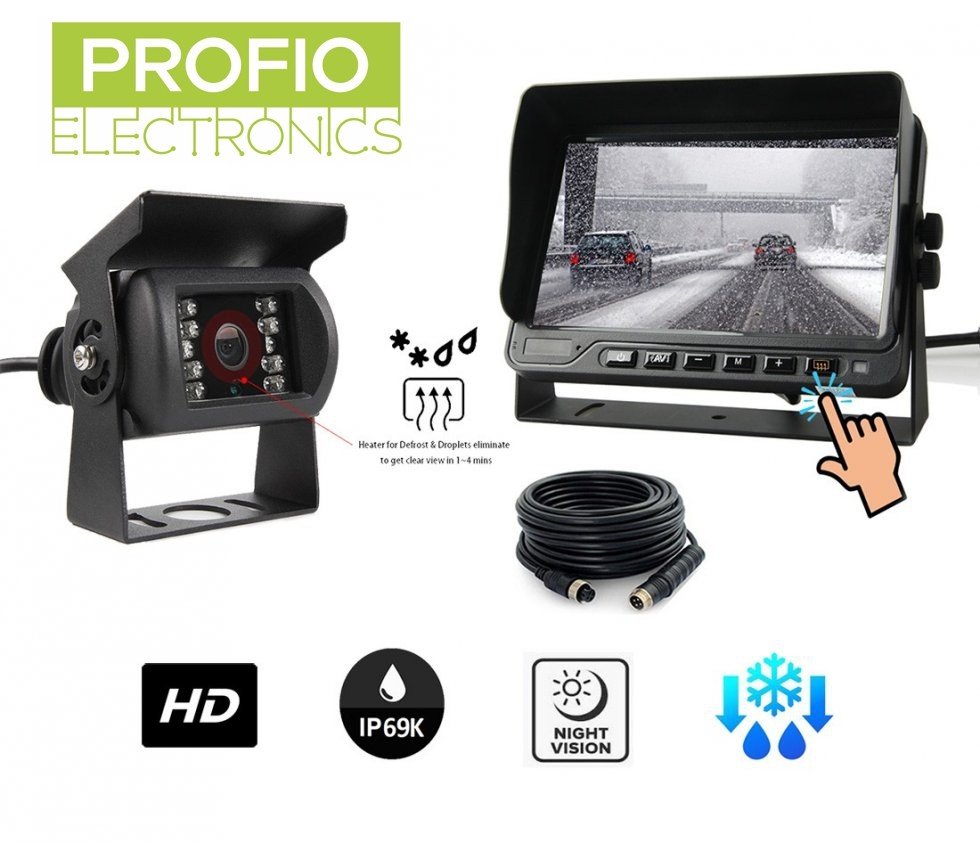
Credit: www.cool-mania.com
Applications Across Industries
Automating camera recording helps many industries capture important moments. It makes recording easier and more reliable.
With automated systems, cameras start and stop recording on their own. This saves time and reduces errors.
Retail And Surveillance
Stores use automated cameras to watch over customers and staff. The system records only when it detects movement.
This helps catch theft and keeps employees safe. It also reduces the amount of footage to review.
- Records only during store hours
- Starts recording when motion is detected
- Stores footage for quick review
Home Security
Automated camera recording keeps homes safe by recording only when needed. It captures visitors and unusual activity.
Homeowners get alerts when cameras start recording. This helps them respond quickly to potential threats.
- Records on motion or sound detection
- Saves power by not recording constantly
- Allows remote viewing from smartphones
Event Management
Event organizers use automated cameras to record key moments without manual control. Cameras start at event times.
This system ensures no part of the event is missed. It helps with live streaming and later video editing.
- Schedules recording based on event timings
- Triggers cameras for special activities
- Supports multiple camera angles easily
Troubleshooting Common Issues
Automating camera recording makes security easier. Still, some common issues can arise.
Knowing how to fix these problems saves time and keeps your system running well.
Connectivity Problems
Connectivity issues stop your camera from recording or sending data. Check your Wi-Fi or wired connection first.
Reset your router or move the camera closer to the signal source. Make sure cables are not loose or damaged.
- Restart the camera and router
- Check for firmware updates
- Use an Ethernet cable for stable connection
- Remove wireless interference from other devices
False Alarms
False alarms happen when the camera records without real threats. This wastes storage and causes unnecessary alerts.
Adjust the motion detection settings to reduce false triggers. Avoid pointing cameras at moving trees or busy streets.
- Lower motion sensitivity
- Set activity zones to focus on important areas
- Use advanced detection features if available
- Regularly clean the camera lens
Storage Management
Storage fills up fast with continuous recording. Manage storage to avoid lost footage or system errors.
Use scheduled recording or motion-triggered recording to save space. Delete old files regularly or set auto-delete rules.
- Check available storage often
- Use cloud storage for backups
- Set recording quality to balance space and clarity
- Enable loop recording to overwrite old videos
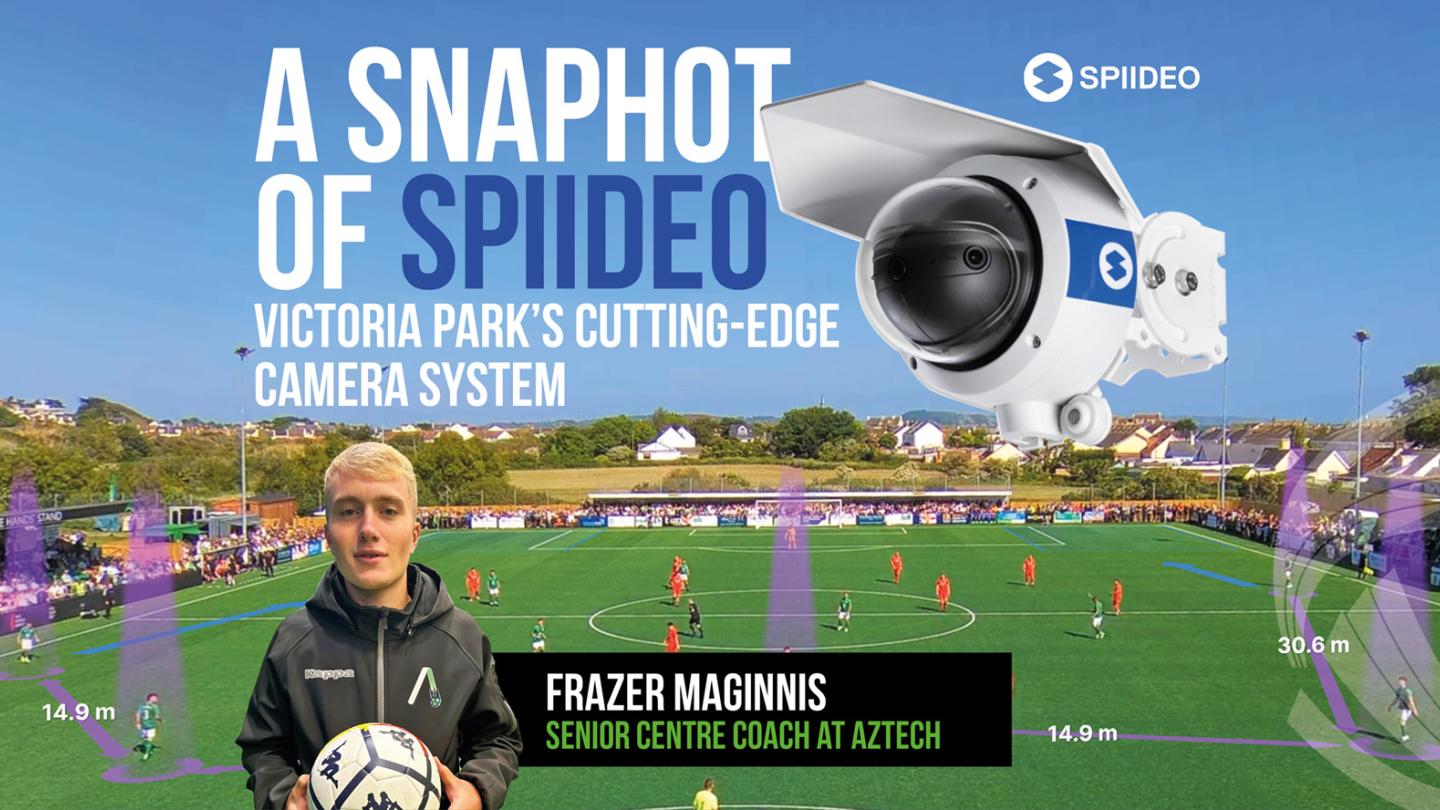
Credit: victoriapark.gg
Future Trends In Smart Recording
Smart recording technology is changing how cameras work. New trends are making recording easier and smarter.
These trends help cameras record better videos, use less power, and protect user privacy.
Ai Enhancements
Artificial intelligence helps cameras understand what they see. Cameras can detect faces, objects, and actions automatically.
This makes recording smarter by saving only important moments. AI can also improve video quality and reduce errors.
- Automatic event detection
- Improved video clarity
- Real-time alerts
Edge Computing
Edge computing means cameras process data nearby, not in the cloud. This reduces delay and saves internet use.
Cameras can analyze videos fast and act right away. This helps in security and quick decisions.
- Faster video analysis
- Less data sent online
- Better response times
Privacy-focused Innovations
Protecting privacy is important in smart recording. New tech hides personal details while keeping security strong.
Tech like encryption and local data storage keeps videos safe. Users control what is recorded and shared.
- Data encryption
- Local video storage
- User control over recordings
Frequently Asked Questions
What Is Automated Camera Recording?
Automated camera recording is the process where cameras start and stop recording based on preset triggers. It uses motion detection, schedules, or sensors to capture footage without manual input. This technology enhances security and convenience by ensuring important events are recorded automatically.
How Does Motion Detection Improve Recording Automation?
Motion detection triggers cameras to record only when movement occurs. This reduces unnecessary footage and saves storage space. It also helps focus on relevant events, making video review faster and more efficient, which is essential for effective surveillance systems.
Can I Schedule Automated Camera Recordings?
Yes, most systems allow you to schedule recordings at specific times. Scheduling helps capture footage during high-risk periods or business hours without manual intervention. This feature optimizes storage and ensures continuous monitoring when needed.
What Are Common Triggers For Automated Recording?
Common triggers include motion detection, sound detection, and time-based schedules. Some advanced systems use facial recognition or environmental sensors. These triggers help activate recording only when specific conditions are met, enhancing efficiency and relevance.
Conclusion
Automating camera recording simplifies capturing moments. It saves time and effort. You get consistent, high-quality footage. No more manual intervention. Tools and software make this easy. They are user-friendly. Even beginners can manage. This technology is reliable and efficient. It supports various recording needs.
From home security to professional shoots. Automation ensures nothing is missed. Every important detail is captured. It’s a smart choice for anyone wanting simplicity. Consider adopting this technology. It enhances your recording experience. Stay ahead with automation. Embrace the ease and efficiency today.
Your recordings will thank you.
16 min read


